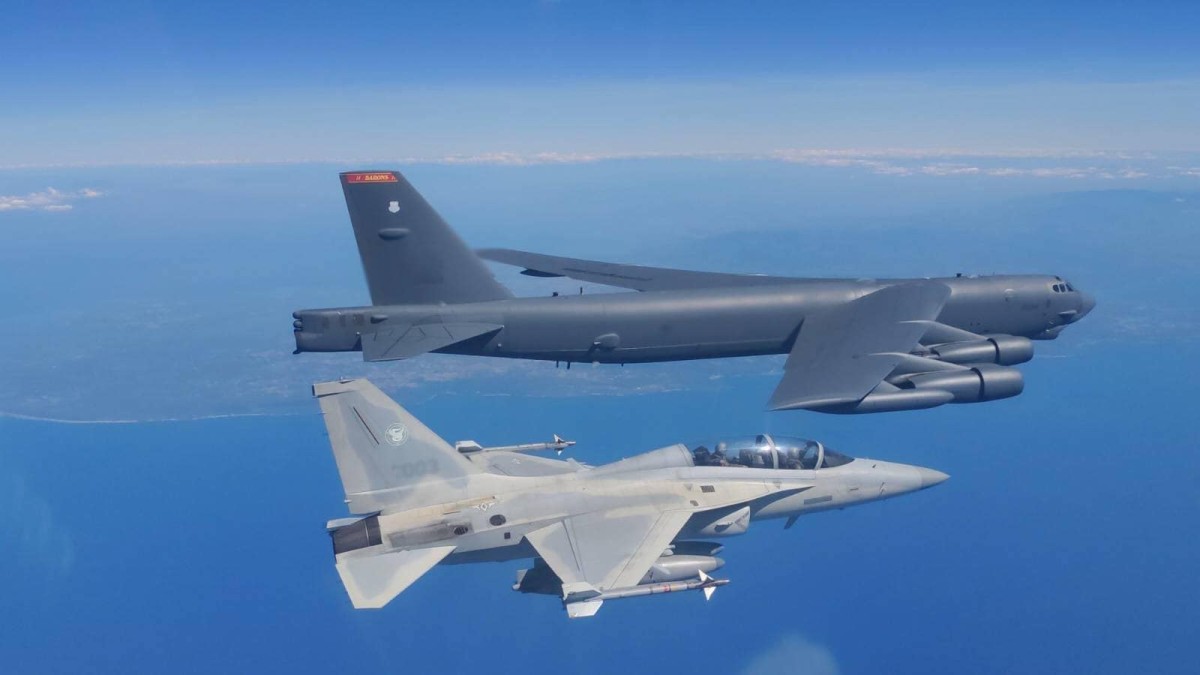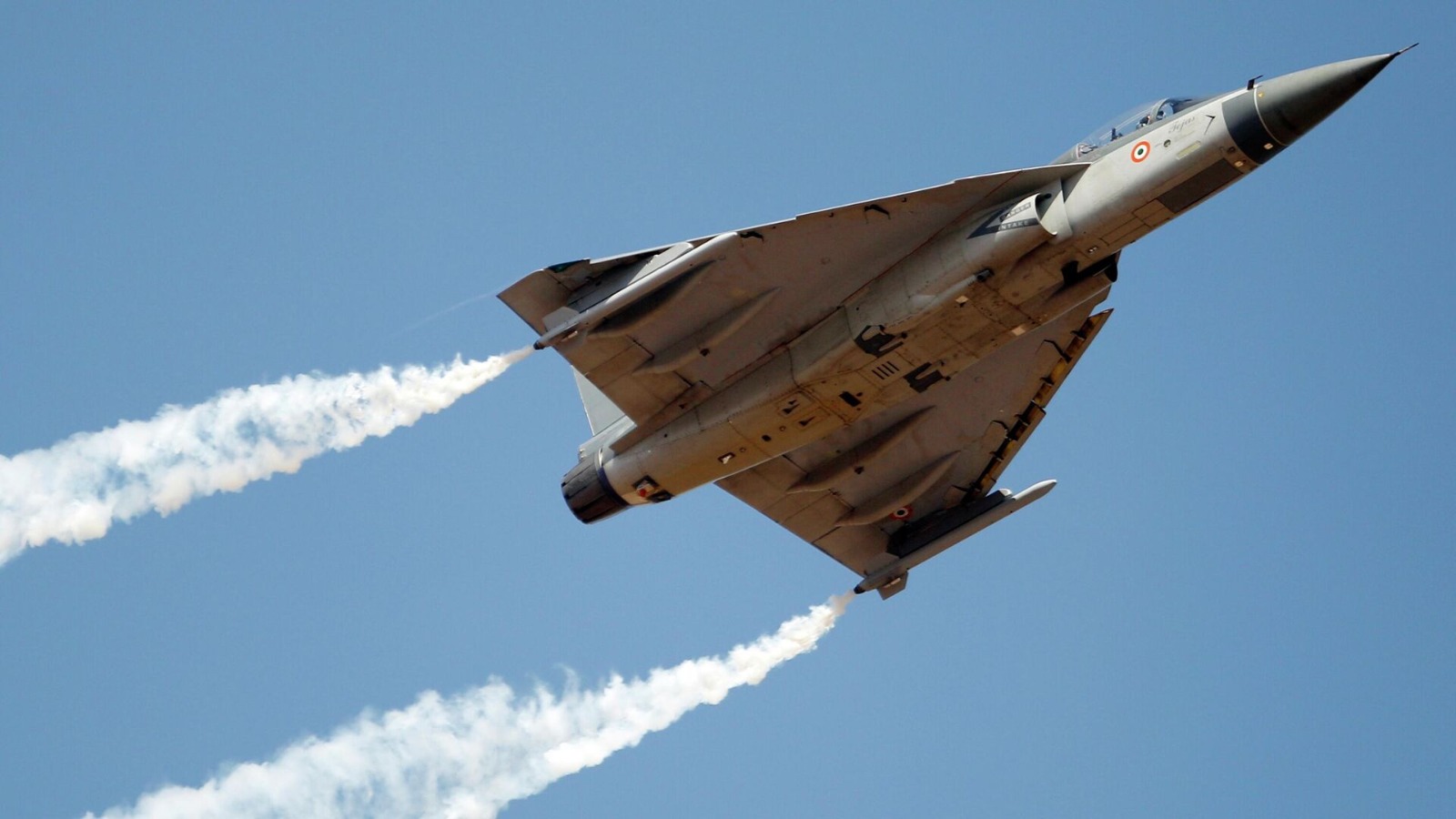As tensions escalate due to a series of military demonstrations by North Korea, South Korea has flexed its military muscle by deploying domestically developed FA-50 fighter jets to neutralize simulated enemy cruise missiles during the annual South Korea-US Freedom Shield exercise.
The FA-50, designed as a lightweight combat version of the Korea Aerospace Industries’ T-50 Golden Eagle supersonic trainer aircraft, has become a crucial component of the South Korean Air Force, specifically crafted to counter potential North Korean threats.
On March 7, South Korean fighter jets carried out a live-fire exercise aimed at bolstering readiness against North Korean cruise missile and artillery threats.
The exercise, which took place over waters off the West coast, involved more than 10 fighter jets and was conducted in conjunction with the ongoing South Korean Freedom Shield exercise initiated earlier in the week.
During the drills, FA-50 jets and KF-16 aircraft fired air-to-air missiles to intercept simulated enemy cruise missiles detected by air defense radar systems.
Additionally, the Air Force deployed FA-50 and F-5 aircraft to drop guided bombs, simulating the destruction of simulated enemy long-range artillery.
These military maneuvers coincided with North Korea’s recent provocations, including artillery firings near the western sea border and launches of purportedly new missiles.
The annual Freedom Shield exercise, led by United States Forces Korea, aims to enhance the combined defensive capabilities of the Combined Military Command Center (CMCC) in collaboration with various military commands.
The Freedom Shield exercise commenced on March 4 and is scheduled to run until March 14, 2024. On the first day of the drills, advanced reconnaissance assets from the US military were spotted flying over South Korea, including a US RC-135V aircraft and an RC-12X Guardrail, alongside a South Korean RQ-4 Global Hawk unmanned aircraft.
These joint exercises mark the first large-scale military training since North Korea withdrew from a 2018 inter-Korean military agreement in November of the previous year.
This withdrawal occurred after Seoul partially suspended the accord, signed during the previous Moon Jae-in administration, in an attempt to ease tensions along the border. Thus, the exercises serve as a significant display of South Korea and the USA’s commitment to maintaining readiness and security in the face of regional uncertainties.
The Formidable FA-50 Combat Aircraft
In the ever-evolving landscape of global military aviation, South Korea’s FA-50 aircraft has emerged as a formidable player, garnering attention not only within its home country’s air force but also on the international stage.
Designed with a focus on affordability and efficiency, the FA-50 has proven that it does not compromise on firepower.
Powered by a single General Electric F404-GE-102 afterburning turbofan engine, capable of generating approximately 17,700 pounds of thrust, this two-seat aircraft boasts impressive performance metrics.
With speeds reaching up to Mach 1.5 and a commendable thrust-to-weight ratio of 0.96 to one, the FA-50 stands as a versatile asset in aerial operations.
Equipped with a General Dynamics A-50 3-barrel 20mm rotary cannon and seven hardpoints for carrying an array of weapons, including the AIM-9 Sidewinder, the FA-50 is well-suited for both air-to-air and air-to-ground missions.

Its targeting capabilities are supported by a modified Israeli EL/M-2032 pulse-Doppler fire control radar, rumored to rival the American-sourced APG-68(V)7 radar used by Korea’s KF-16s.
But South Korea isn’t stopping there. The nation has ambitious plans to enhance the FA-50’s capabilities even further. A recent contract signed with German weapon manufacturers signifies a move to integrate powerful munitions, including an adapted version of the Taurus KEPD 350 air-launched cruise missile, into the FA-50’s arsenal.
One striking demonstration of the FA-50’s effectiveness occurred during air combat exercises in July 2023 when a Philippine Air Force FA-50 simulated a kill against the F-22 Raptor, the pinnacle of US air superiority technology.
The FA-50’s success, captured vividly by its gun camera, highlighted its agility and effectiveness in close-quarters engagement.
While some may argue that the F-22 was operating under constraints during the exercise, the FA-50’s performance nevertheless underscored its potential as a capable adversary in modern aerial warfare scenarios.
Challenger Of India LCA Tejas
In the realm of light attack/trainer jets, the FA-50 stands alongside counterparts like India’s Tejas, Russia’s Yak-130, and Hürjet from Turkey. Yet, when it comes to capabilities, the FA-50 finds its closest competition in India’s Tejas fighter jet.
Previously, both aircraft vied for Malaysia’s Lead In Trainer-Light Combat Aircraft (FLIT-LCA) tender. Despite the stiff competition, the South Korean FA-50 outperformed India’s Tejas, securing a contract for the export of 18 units to Malaysia.
Having already gained recognition internationally, the FA-50 has been acquired by numerous countries including Indonesia, Iraq, the Philippines, Thailand, and Poland.
On the other hand, India’s Tejas has yet to secure any contracts. However, its adaptable open architecture computer systems offer a distinct advantage, allowing integration of both Russian and Western armaments. This versatility positions the Indian-made light fighter favorably in markets sourcing from diverse suppliers.
Egypt is one such market where the FA-50 is being promoted. It is coincidentally a target market for India’s LCA Tejas. To support this endeavor, Hindustan Aeronautics Limited (HAL), the manufacturer of Tejas, has already proposed establishing production facilities in Egypt.

Meanwhile, the Indian Air Force has showcased its trust in the domestically developed Light Combat Aircraft (LCA) Tejas. The journey began on March 31, 2006, when the Indian Government, acting on behalf of the IAF, initiated an order for 20 LCA Tejas units from HAL. This initial procurement encompassed a mix of four twin-seat trainers and 16 single-seat LCA variants.
Building on this foundation, on December 23, 2010, the Indian Government further bolstered its commitment by placing an additional order for 20 LCA Tejas aircraft. This acquisition included four trainers and 16 single-seat LCA, all belonging to the Tejas Mk-1 version.
The fruition of these efforts was marked by the induction of the first Tejas Mk-1 aircraft into the IAF in 2016, symbolizing a significant milestone in India’s indigenous aerospace industry. Presently, two fully operational squadrons, namely the 45 Squadron and 18 Squadron, stand as proud custodians of the LCA Tejas.
The Indian Air Force has taken further proactive measures to enhance its capabilities in the face of the changing strategic environment and the necessity to upgrade its fleet.
This was exemplified by the historic order of 83 Tejas Mk1A jets in early 2021, valued at $6.5 billion, to replace the aging fleet of MiG-21 fighter jets. The MK-1A variant represents an enhanced iteration of the MK-1 model.
Further, on November 30, 2023, HAL placed an order for an additional 97 Tejas Mk 1A units for the IAF. With this order, the envisioned Tejas Mk1A fleet will swell to a formidable force of 180 aircraft, distributed across nine squadrons, poised to defend the nation’s skies with indigenous prowess and pride.
- Contact the author at ashishmichel(at)gmail.com
- Follow EurAsian Times on Google News




